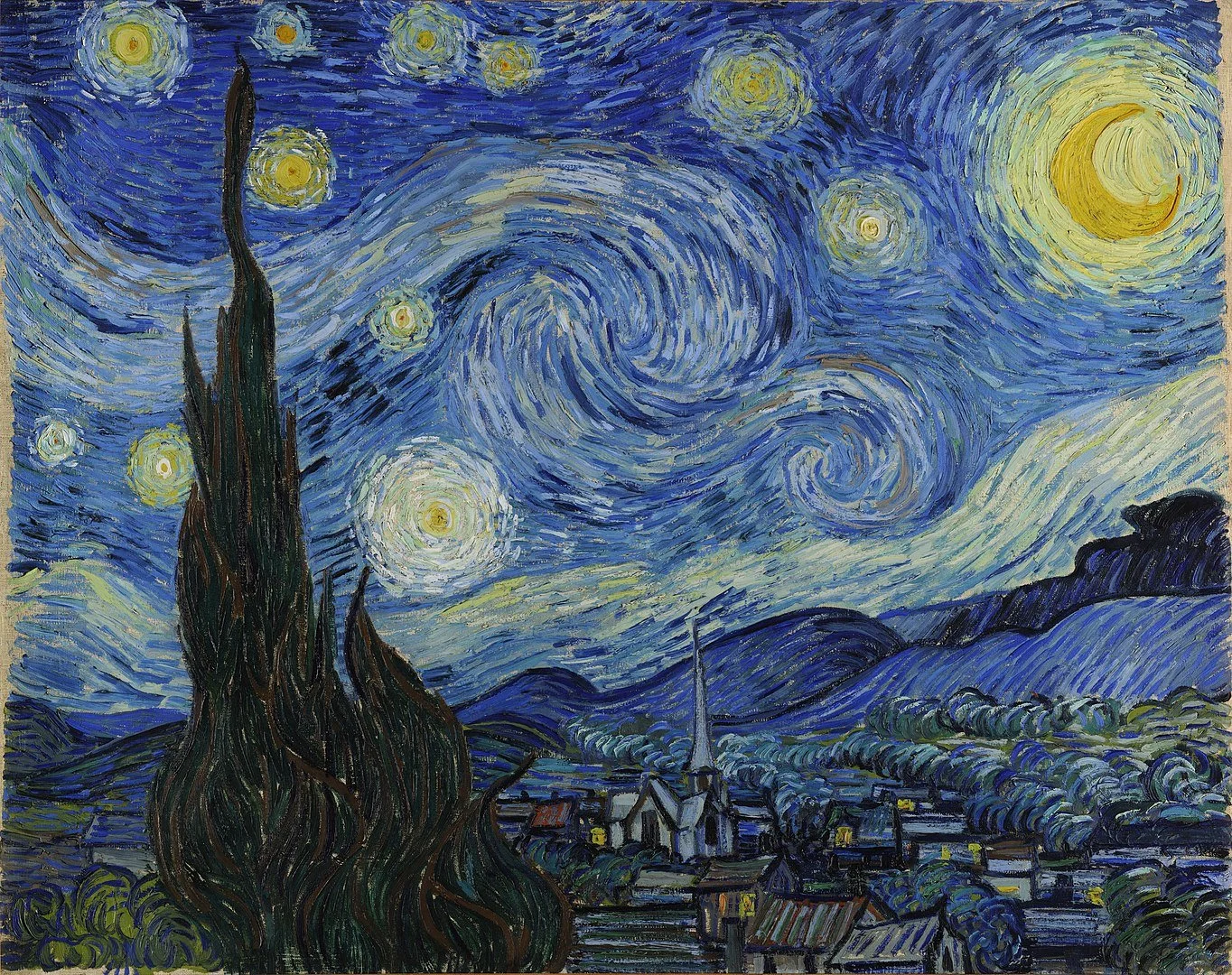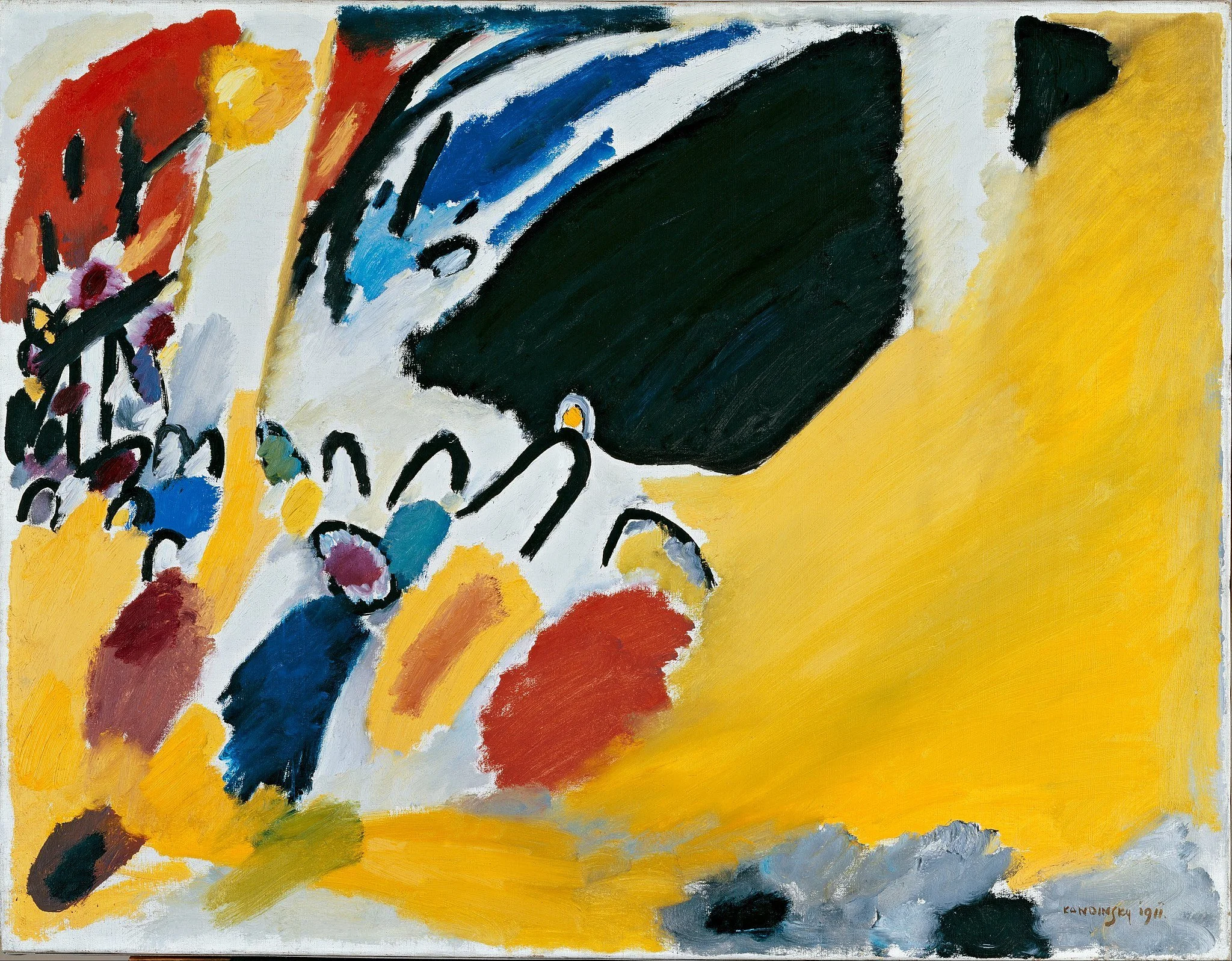SENSORY DESIGN AND BRAND PERCEPTION
Have you ever experienced colours evoking words, or music eliciting shapes, smell or taste? If so, you might be a ‘synaesthete’. The rare condition affected composers and artists including Olivier Messiaen, Franz Liszt, Vincent van Gogh, Wassily Kandinsky and David Hockney.
Synaesthesia is best described as the instance where one sensory experience prompts another, from tasting a painting to smelling a song. This divergence from more conventional cognitive functioning, which is more common among artists, has 70 different variations – from tasting the time to smelling a symphony – although the most common forms involve colour.
Some examples of work made by artists with synaesthesia include Olafur Eliasson’s installations with lights and colours in 1997 and 2019 . Before him, Henri Matisse described a rich, deep blue – famously used in his Blue Nudes – as affecting the viewer like “a vigorous stroke of a gong”, while Vincent Van Gogh conveyed sounds and emotions in colours and moving shapes.
The Starry Night, Vincent van Gogh, 1889, Oil on canvas. (74 cm x 92 cm).
In gastronomy, Auguste Escoffier understood stimulating all the senses made food tastier, whether through visual presentation or even simply heavier cutlery. Have you ever been to a fancy restaurant where everything was mind-blowing, but you can’t pinpoint quite why, it is just, well…everything? The best eateries get across their concept at every interaction we have; from the typography on the menu, to the colours of the logo, to the lighting in the restaurant –– and yes, the weight of the cutlery.
synaesthesia
/ˌsɪnɪsˈθiːzɪə,ˌsɪnɪsˈθiːʒə/
A condition in which someone experiences things through their senses in an unusual way, for example by experiencing a colour as a sound, or a number as a position in space.
While most of us do not share the unusual perceptions and experiences of the synaesthete, it is very common to link certain sounds with certain shades of colour; studies have found that synaesthetes and non-synaesthetes alike associate high-pitched sounds with brighter colours and low-pitched sounds with darker ones. For example, when Wassily Kandinsky painted Impression III (Concert), he was inspired by the music of Arnold Schoenberga; the work’s vivid wash of yellow describing the sound.
Impression III (Concert), Wassily Kandinsky, 1911. Oil on canvas. 30.5 × 39.4" (77.5 × 100.0 cm).
“Colour is the keyboard. The eye is the hammer. The soul is the piano with its many strings. The artist is the hand that purposely sets the soul vibrating by means of this or that key.”
While working on developing brands, it’s important to bear in mind what sort of sounds, colours and textures you wish to evoke. If you’re designing for a brand with a dark, moody colour palette, a good idea for an advert would be to pair it with a mid-to-low range sound music. If you're working with a lighter, brighter palette, pair it with a mid-to-high range sounding music. The added coherence of the music will make the experience of your branding more immersive for the viewer. For brand perception, work on your packaging. It influences the choices we make.
How does your brand sound, and what does it taste like?
People never forget how you make them feel. May it be the same with your brand: an unforgettable experience. Neurodiverse individuals are wired to think differently. Working with a good designer who is aware of the benefits of coupling sound and image together to communicate whatever concept you have for your branding and rebranding can help you connect with your audience on a multisensorial level, and associate your brand with the feelings and emotions that you wish to elicit. Learn more about how we can help you to build a strong brand by using our professional skills and expertise in sensory design; get in touch for a quote now.
FURTHER RESEARCH
An interview with Lauren Davies, founder of HEKA.
Why Colour Matters, by Alexandra Lunn Studio Ltd.
How does your brand sound? By Campaign Live.



